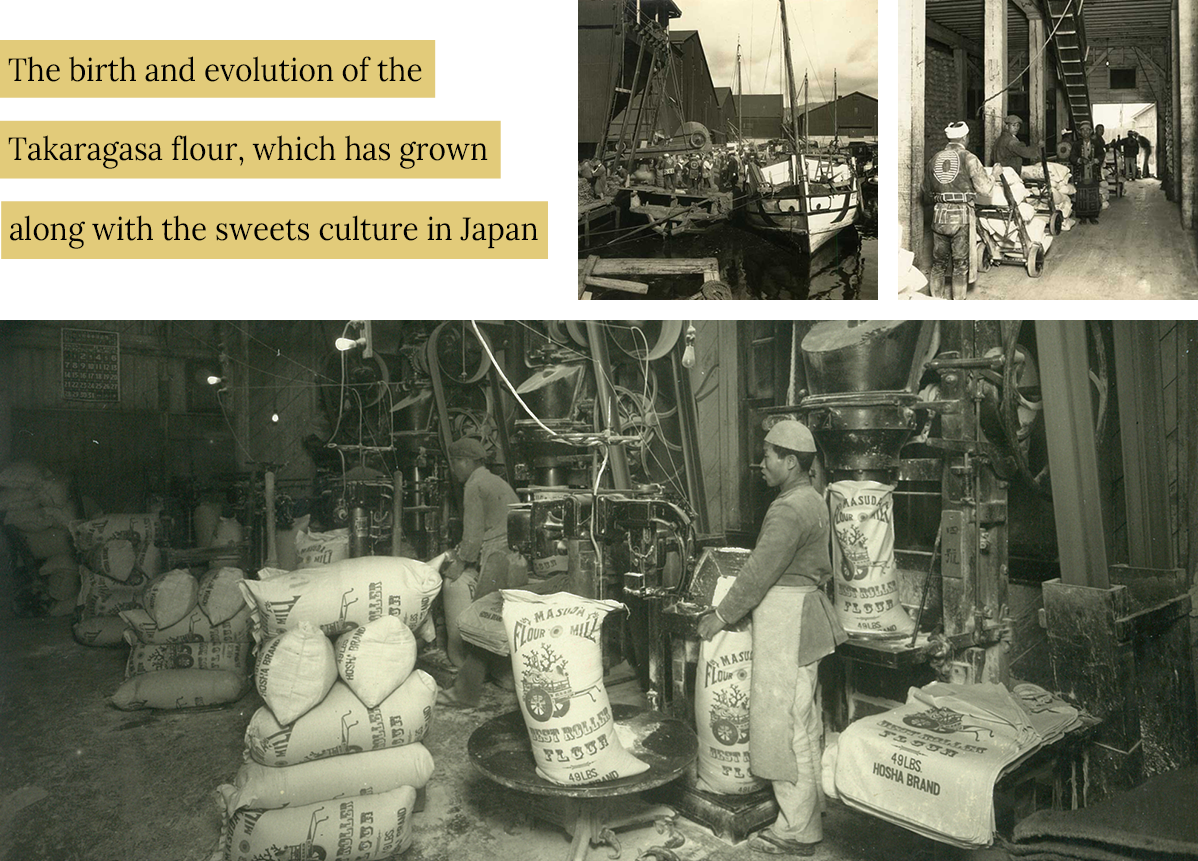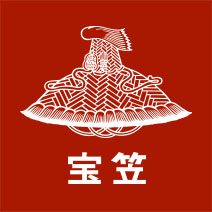History
History of the Takaragasa flour and Western confectionery


The origins of Masuda Flour Milling
1868~

Since the opening of its port in 1868, the city of Kobe has welcomed many people and goods from abroad.
In the Meiji era (1868-1912), following the import of "Meriken [American] flour", many pastry shops were established in Kobe.

1906~



In 1906, Masuzo Masuda, a merchant importer, founded Masuda Masuzo Flour Milling (now Masuda Flour Milling) with the help of technology and investments by the American company, Centennial Flour Mill. Thus, it succeeded in mass-producing pastry flours using foreign wheat, which was rare at the time.

The origins of Takaragasa flour
1907~

In 1907, the year after the company was founded, "Takaragasa", which is still popular today, was made here in Kobe.
After much trial and error, the company succeeded in developing a flour that produced a moist, smooth dough.
Later, with the growing consumption of Castella [Japanese cake inspired by Portuguese sponge cake] in Japan, Takaragasa quickly became known throughout the country as the most suitable flour for Castella.


As a result, Takaragasa has been recognized by pastry chefs throughout the country, as the most suitable flour for a wide range of pastries, both Western and Japanese, and further improvements have been made, taking into account the pastry craftmen's opinions.
Takaragasa continues to be passed on from master to apprentice and from generation to generation in the world of pastry craftsmen.
Takaragasa will continue to evolve with the pastry craftsmen and all the other actors of the industry.




